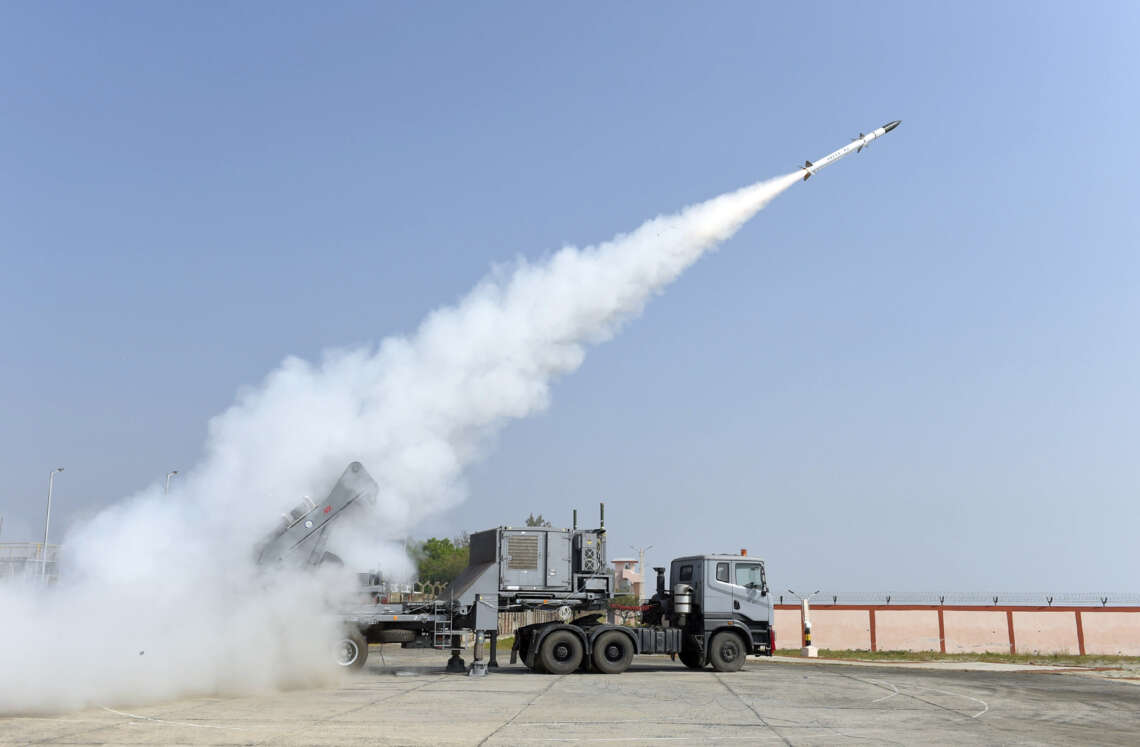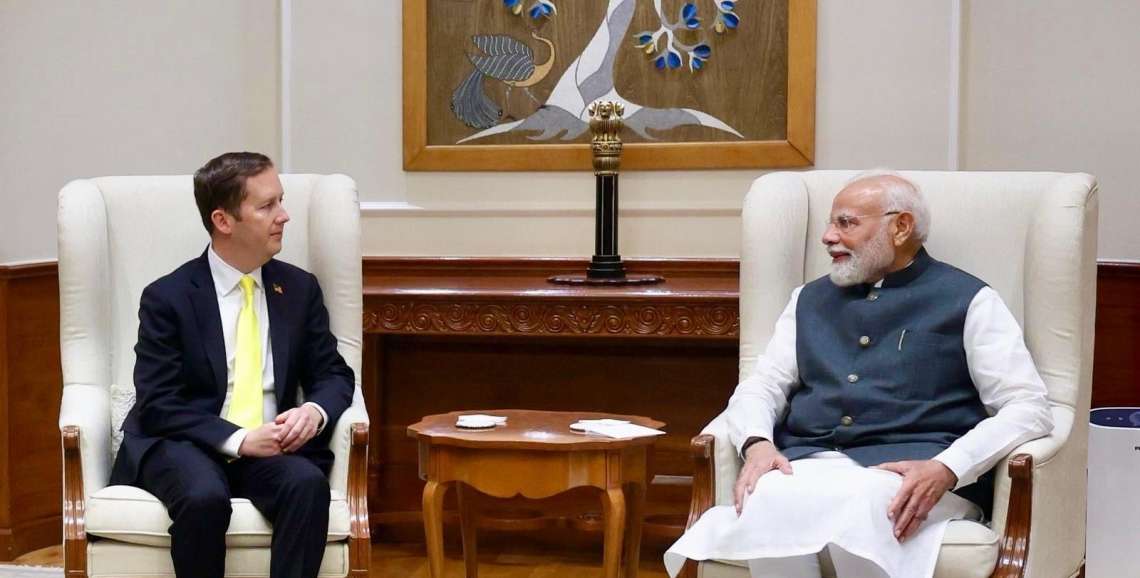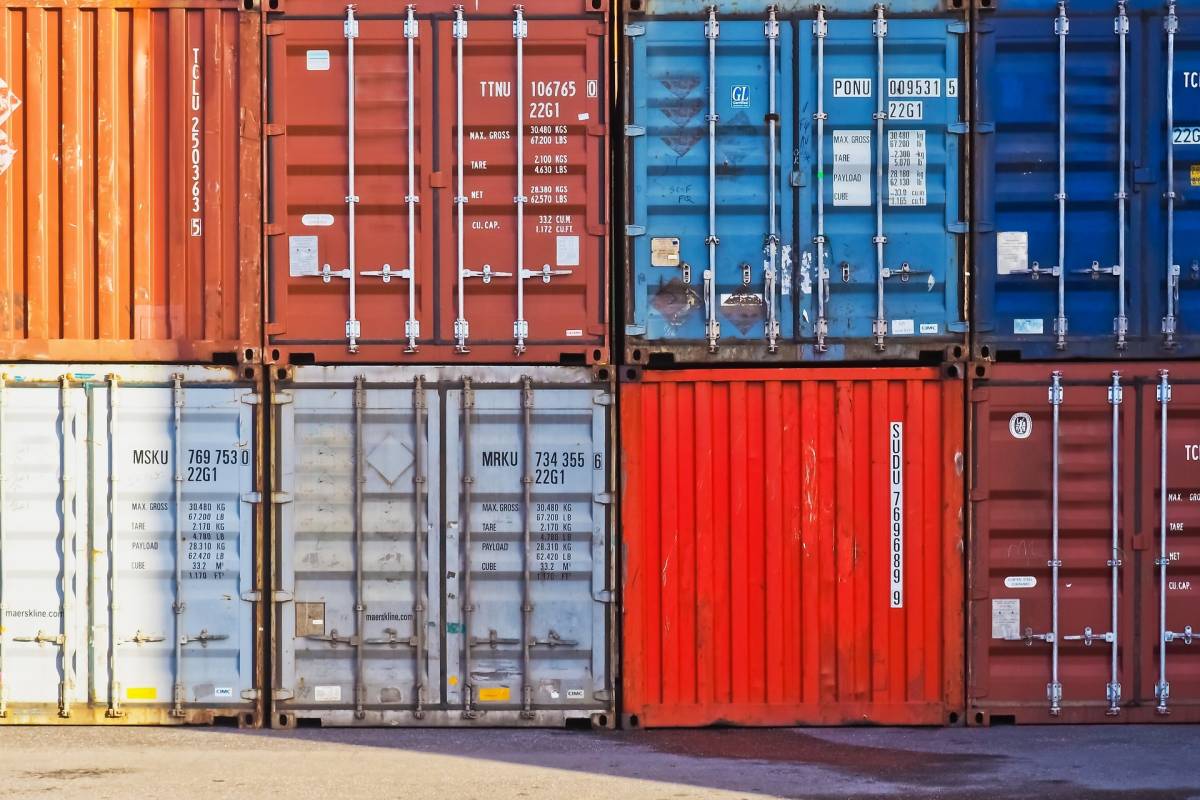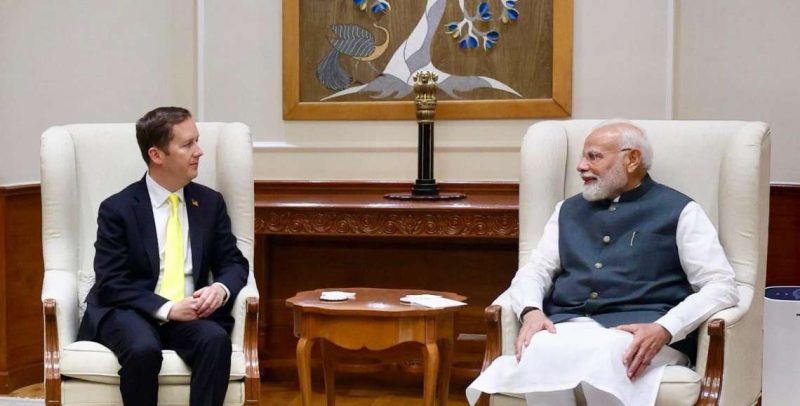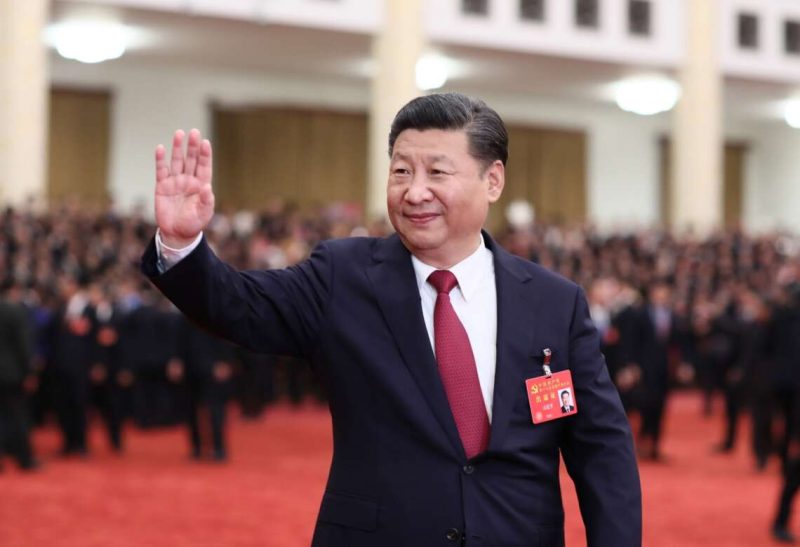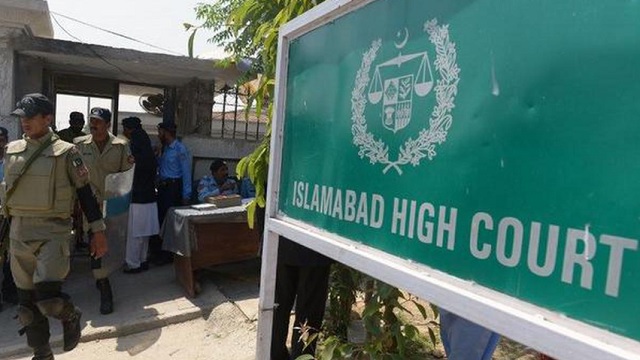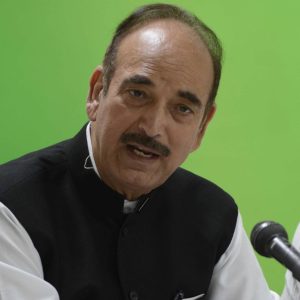Over recent days, India’s defence apparatus has showcased exceptional capability and readiness in neutralising incoming aerial threats…reports Asian Lite News
In the aftermath of India’s meticulously executed Operation Sindoor — a precision strike targeting terrorist infrastructure across multiple sites in Pakistan and Pakistan-administered Kashmir (PoK) — the nation has faced a sustained barrage of retaliatory drone and missile assaults from across the border.
Yet, amid this intensifying threat landscape, India’s formidable and resilient air defence system has not only withstood the test but has emerged as both a technological triumph and a vital guardian of national security and civilian well-being.
Over recent days, India’s defence apparatus has showcased exceptional capability and readiness in neutralising incoming aerial threats. From hostile drones attempting to cross the Line of Control (LoC) to guided missiles aimed at strategic locations, the country’s integrated air defence network has stood as an unyielding shield. This swift and accurate interception of threats has ensured that no major urban centres or military installations have suffered damage — a feat widely praised both domestically and internationally.

A Sophisticated Multi-Layered Defence
India’s air defence is not a singular system, but a complex, multi-tiered framework comprising radar arrays, anti-aircraft weaponry, interceptor missiles, surveillance drones, and integrated command-and-control infrastructure. This layered configuration enables detection, tracking, and interception of hostile targets at varying ranges and altitudes.
Central to this system is the Russian-origin S-400 Triumf surface-to-air missile system, which has significantly bolstered India’s ability to counter long-range threats. With a range of up to 400 kilometres, the S-400 serves as both a deterrent and a frontline defence mechanism.
Augmenting this are homegrown platforms such as the Akash missile system — designed for medium-range engagements — and the Barak-8 system, developed jointly with Israel, renowned for its accuracy in intercepting aerial threats. These systems are seamlessly integrated via the Integrated Air Command and Control System (IACCS), facilitating real-time coordination across the Army, Air Force, and Navy.

Real-Time Surveillance, Swift Reaction
A hallmark of India’s air defence architecture is its emphasis on real-time intelligence and rapid response. Advanced radar systems, including the Swathi Weapon Locating Radar and the Israeli EL/M-2084 Multi-Mission Radar, have proven instrumental in identifying hostile projectiles mere seconds after launch.
Additionally, AI-enabled reconnaissance drones have enhanced situational awareness, patrolling border regions to detect irregular activity and relay data to central command hubs. These systems have been pivotal in neutralising threats before they could enter Indian airspace, exemplifying India’s proactive rather than reactive posture.
Such coordination was clearly evident during recent Pakistani attempts to target military assets in Punjab and Rajasthan, all of which were foiled without any loss of life or structural damage.

Civil-Military Synergy and Public Assurance
One of the most commendable aspects of India’s recent air defence performance is the assurance it has provided to the civilian population. Cities close to the frontier — such as Amritsar, Jammu, and Srinagar — have continued to function as normal, owing to robust contingency planning and efficient civil-military coordination.
The National Disaster Management Authority (NDMA), in conjunction with local administrations and the armed forces, has ensured the population remains informed and prepared without inducing panic. Early warning systems, efficient public communications, and regular emergency drills have instilled a sense of security across potentially vulnerable regions.
This harmony between civilian authorities and the military reflects the maturity of India’s defence preparedness and the deep public trust in the armed forces.
Safeguarding Sovereignty, Boosting Confidence
India’s air defence is not solely a tactical mechanism; it is also a strategic asset. Its recent success has not only protected critical assets but has also helped maintain public morale and reaffirmed India’s sovereign resolve.
Operation Sindoor, while bold in its execution, was underpinned by confidence in the nation’s ability to manage retaliatory escalation. That confidence was well-founded. The effectiveness of India’s defence grid has further cemented its position as a regional power — capable of defending its territory while avoiding unnecessary provocation.
This display of capability sends an unequivocal message to adversaries: India possesses both the resolve to strike decisively and the systems to defend comprehensively. This duality — of strength and restraint — enhances India’s strategic credibility on the global stage.

Looking Ahead: Innovation and Self-Reliance
With continued investments under the Atmanirbhar Bharat initiative, India is advancing rapidly towards self-reliance in defence. Projects such as Phase-II of the Ballistic Missile Defence (BMD) programme, which will counter intercontinental ballistic threats, as well as the development of Directed Energy Weapons (DEWs) and hypersonic interceptors, are well underway.
India is not simply defending — it is innovating, adapting, and preparing for the next generation of threats.
In conclusion, India’s air defence system — tested under the most demanding conditions — has proven to be a cornerstone of national strength and strategic foresight. It has safeguarded lives, preserved national calm, and enabled decisive action with clarity and confidence.
As regional dynamics continue to evolve, one truth stands firm: India’s skies remain secure — shielded by a defence network as unwavering as the resolve of the nation it protects.


